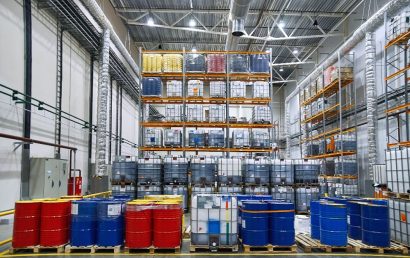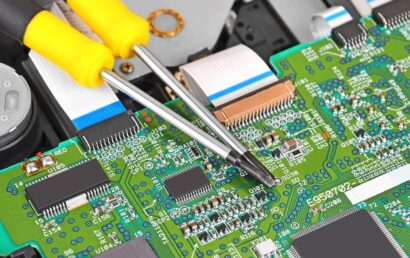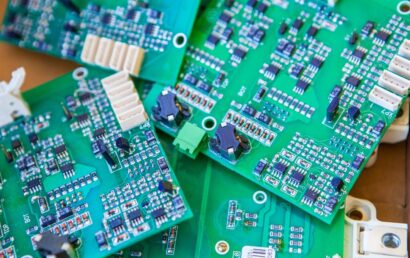What You Need To Know About Dielectric Strength
Simply put, dielectric breakdown can be induced by high voltage. The highest voltage required in order for this breakdown to occur can be referred to as dielectric strength. In a more complicated manner of speaking, however, before the insulating properties of a pure material begin to fail, the maximum electric field it can sustain is an intrinsic material property referred to as dielectric strength. It is an electric insulator dielectric coating, a dielectric, which, in the presence of an electric field, may be polarized. Because no free electrons exist to move through the material, no electric flow is allowed when subjected to an external electric field.
Although interrelated, the dielectric constant and dielectric strength should not be confused.
V/m, or volts per unit thickness, is how dielectric strength is expressed. It is independent of the electric field generating electrodes or the material configuration. For insulators, it is an essential property. With the change in dielectric strength, it’s quality changes proportionally.
The Importance of Dielectric Strength
An insulator’s quality is higher, the higher the level of dielectric strength. That means that a coating’s ability to resist or withstand the passage of an electrical current increases with a higher quality – a higher level of dielectric strength.
Certain things have an effect on dielectric strength. These are as follows:
- Where air is concerned, dielectric strength decreases with an increase in relative humidity but increases slightly as the absolute humidity increases.
- Where gas is concerned (i.e., sulfur hexafluoride, nitrogen), with increased humidity, it normally decreases.
- With increased frequency, it decreases.
- With increased operating temperature, it decreases.
- With increased sample thickness, it decreases.
Dielectric Strength of Certain Substances
Various substances have differing dielectric strengths. Here are some common materials examples (strength measured in MV/m):
- Waxed paper – 40 to 60 MV/m
- Diamond – 2000
- Mica – 118
- Distilled water – 65 to 70
- Polyethylene – 19 to 160
- Benzene – 163
- Window glass – 9.8 to 13.8
- Alumina – 13.4
- Air – 3
The measure of dielectric strength is V/m in SI (international system of measurement). That’s volts per meter. You may also see MV/m (mega volts per meter, as used above), or V/cm (volts per centimeter), and so on. Volts per mil is a common dielectric strength measurement in the United States.
Dielectric Coatings
Interference coatings, thin film coatings, or dielectric coatings are deposited on a substrate and consist of thin transparent dielectric material layers.
As an example, one electric insulator is dielectric paint. Through the application of an applied electric field, they can be easily polarized.
Interference coatings, the application of which requires precision, are used in industries such as medical, defense, and aerospace for things like semi-conductors and in electronics.
To change the reflectivity of optical surfaces, a type of dielectric coating is used and referred to as optical coatings.
For radiofrequency applications, dielectric coatings provide shielding.
There are also dielectric mirrors. Dialectics stacks are used, rather than to maximize reflectivity, to minimize it.
Additional dielectric coating applications:
- Heat dissipation for thin metal parts or PCBs
- For conductive surfaces – additional protection provided
- In small motors – laminations
- RFI shielding
- Transformer turns
Can Your Company Benefit From Dielectric Coatings?
If your company is involved in any of the industries mentioned above, or if you feel that dielectric coatings are something from which you can benefit, don’t hesitate to contact one of our knowledgeable representatives. We can help you analyze the needs of your company and help to provide appropriate coating solutions.
A&A Coatings has served numerous industries for over 70 years. We use proven methods and materials with which to offer a plethora of benefits where parts, components, machinery, and various surfaces are concerned.
Call or email us today to find out more about utilizing the electric arc spray process for your coatings!



